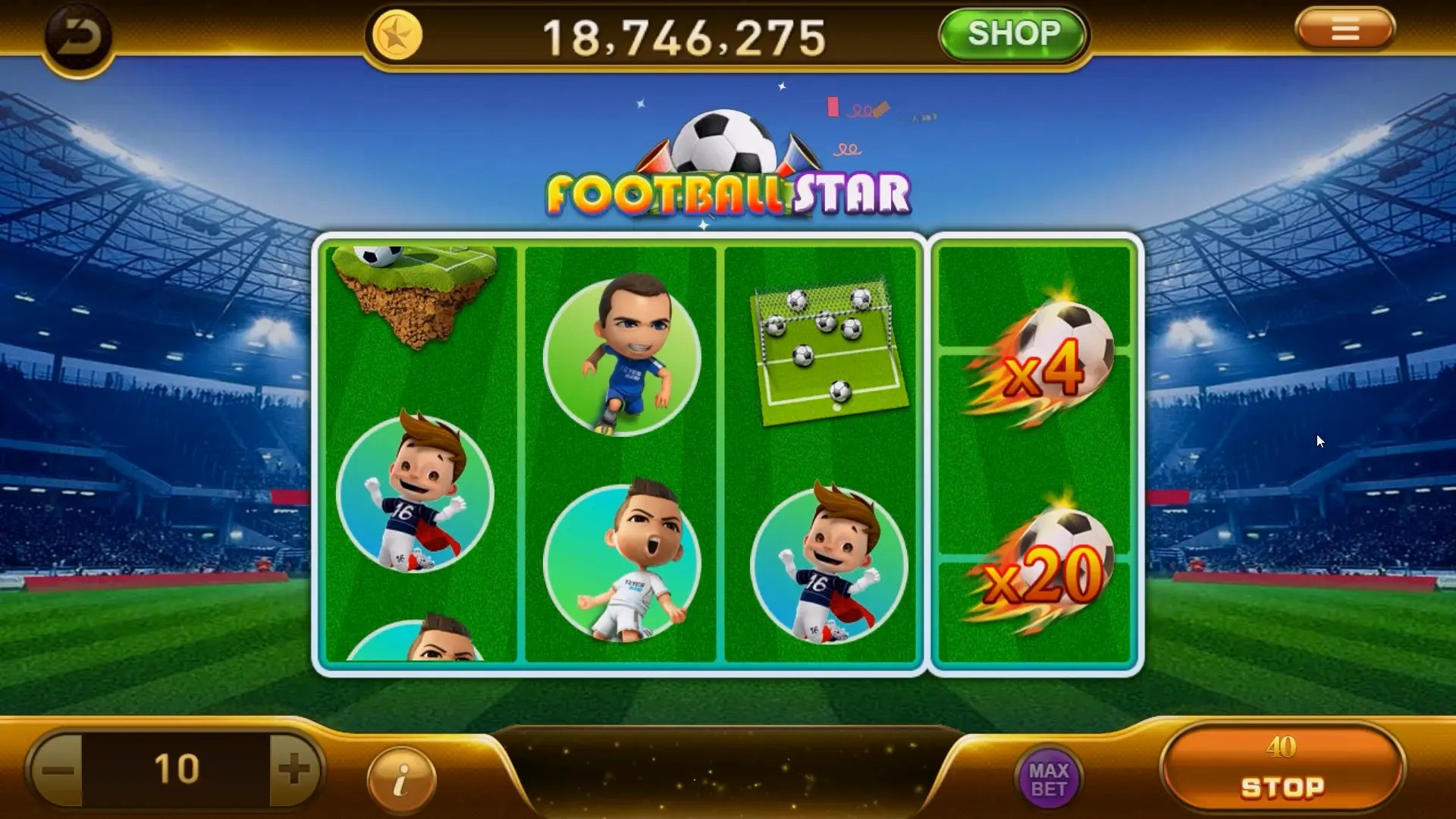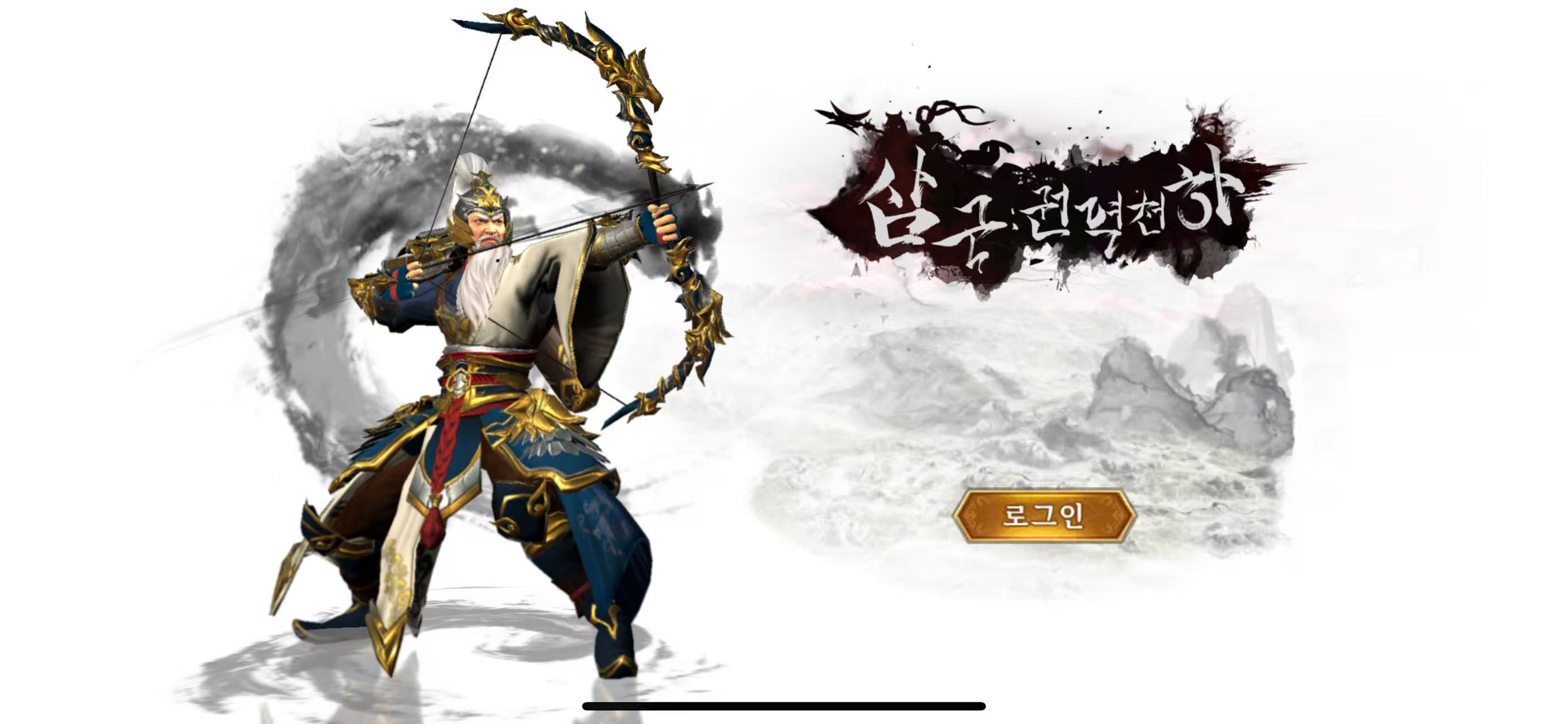From Idle Games to Shooting Games: Exploring the Evolution and Popularity of Casual Gaming
In recent years, the gaming landscape has undergone significant changes, particularly in the realm of casual gaming. This transformation has been primarily driven by the evolution of different game genres. Among these, idle games and shooting games have emerged as front-runners, captivating a broad audience. In this article, we will dive into the various aspects of casual gaming, highlighting their features, popularity, and the ways they reflect changing gamer preferences.
What are Idle Games?
Idle games, also known as incremental games, are designed to be played passively. Gamers can make progress even when they're not actively engaged with the game. This genre appeals to players looking for low-pressure gaming experiences. Typical features include:
- Simple mechanics that allow easy game entry.
- Automatic progress systems that work without player input.
- Upgrades and enhancements to improve efficiency and output.
The passive nature of idle games makes them particularly appealing for players who lead busy lives, offering a sense of achievement without demanding too much time or effort.
The Rise of Shooting Games
On the opposite end of the spectrum lies the shooting game genre, which requires active participation and quick reflexes. Unlike idle games, shooting games necessitate strategy, precision, and real-time decision-making. They have exploded in popularity due to factors such as:
- Advancements in graphics and gameplay mechanics.
- The rise of competitive gaming and esports.
- Engaging multiplayer experiences that foster community.
Players of shooting games often seek thrill and fast-paced action, creating a dynamic gaming environment. This genre attracts players willing to invest time and energy into mastering various skills.
Comparative Popularity
When examining the popularity of both genres, we observe distinct trends in player engagement. Casual gamers often prefer idle games for their simplicity and ease, while dedicated gamers lean toward the competitiveness of shooting games. The table below summarizes some key differences:
| Feature | Idle Games | Shooting Games |
|---|---|---|
| Engagement Level | Passive | Active |
| Skill Requirement | Low | High |
| Time Commitment | Flexible | Structured |
| Player Base | Casual Gamers | Dedicated Gamers |
The Role of Mobile Gaming
The boom of mobile gaming has played a crucial role in the rise of casual gaming genres. With smartphones now a prevalent device, both idle games and shooting games have found an accessible platform. Mobile accessibility means:
- Players can indulge in gaming anytime and anywhere.
- Low barriers to entry enable a broad spectrum of gamers to join.
- Freemium possibilities allow players to experience games without upfront costs.
This ease of access provides a fertile ground for the growth of casual gaming, appealing to a diverse audience base.
The Appeal of Unique Game Concepts
Within the casual gaming realm, unique concepts can grab attention and retain players. Today, titles like Peaceable Kingdom Dinosaur Floor Puzzle engage players through imaginative themes and challenges. These games often combine essential elements of both idle and shooting genres, catering to a wider audience.
For instance, the soothing aspect of dinosaur puzzles appeals to those looking for a relaxed gaming session. At the same time, the strategic elements can draw in players who enjoy a bit of a challenge.
Interactive Elements and Community Building
Another significant factor contributing to casual gaming's popularity is the introduction of social and community aspects. Players often seek connections and shared experiences. Thus, many games now include:
- Multiplayer modes to promote collaboration.
- Leaderboards and achievements fueling friendly competition.
- Regular updates and community events to keep engagement high.
This aspect bridges the gap between idle and shooting games, encouraging player retention in ways previously underestimated.
Looking Ahead: Future Trends
As the gaming industry continues to evolve, we can anticipate several trends that may shape the future of casual gaming. Some predicted advancements include:
- Integration of artificial intelligence to customize user experiences and difficulty levels.
- Increased focus on mental health applications, making gaming therapeutic.
- Hybrid games that combine features from various genres to appeal to broader audiences.
Innovation is key to keeping gamers engaged and expanding the reach of casual games, making it vital for developers to stay ahead of trends.
Conclusion
In summary, the evolution of casual gaming from idle games to shooting games signifies a shift in player preferences and technological advancements. Each genre caters to different needs and desires, reflecting players’ lifestyles. While idle games offer a way to unwind, shooting games provide fast-paced excitement. As we look forward to the future, the gaming landscape will continue to diversify, fostering an environment that welcomes both casual and dedicated gamers alike.



